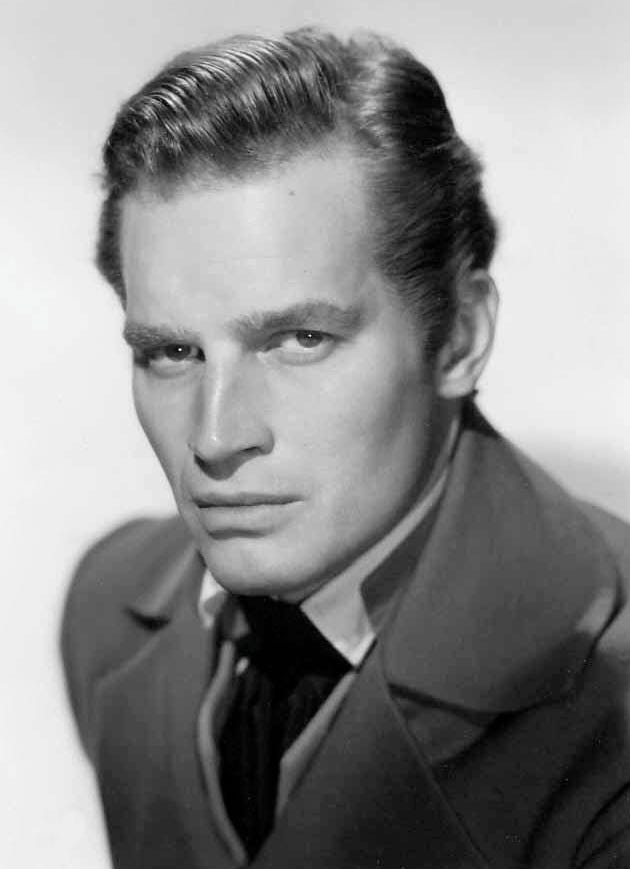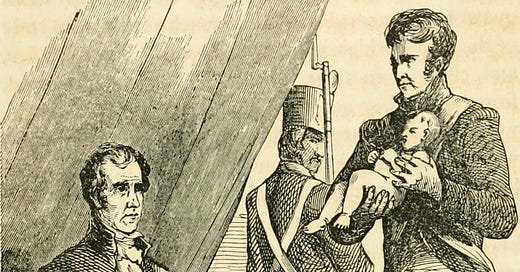We found as many as eight or ten dead bodies in a single cabin. Some of the cabins had taken fire, and half consumed human bodies were seen amidst the smoking ruins. In other instances dogs had torn and feasted on the mangled bodies of their masters.-Lt. Richard Keith Call regarding The Battle of Tallushatchee from which Andrew Jackson adopted a Native American infant, Lyncoya
Old Hickory and the Indian Removal Act
In preparing for my challenge to read a biography on each American president, I had seen a lot of feedback from other readers about the legacy of Andrew Jackson. Some words that come to mind are: sociopath, evil, murderer and genocidal. In some first hand accounts I have come across from Jackson’s time, the language does not differ much from the modern perspective. A big part of this legacy came from Jackson’s actions in regard to the Native American population. Jackson during his military career led troops in both the Creek War and Seminole War. Both wars resulted in removal of Native Americans after they were forced to surrender their land to the United States.
A Silent Sod reader saw that I was reading about Andrew Jackson and suggested the book Bury My Heart at Wounded Knee by Dee Brown. The book did make mention of Andrew Jackson’s role during his presidency in the removal of Native Americans from vast areas of the country through the Indian Removal Act of 1830. The act authorized the federal government to negotiate treaties with Native American tribes east of the Mississippi River, promising them land west of the river in exchange for their homelands. In reading the book further, I learned that these treaties were continually disregarded by white communities across the nation, resulting in much suffering and violence for Native American communities.
Lyncoya, Andrew Jackson’s Native American Adopted Son
On November 3, 1813, a thousand American soldiers led by John Coffee circled Tallushatchee, a Creek village, and killed until all 186 men in the village were dead. 86 captives were taken including a baby named Lyncoya. Lyncoya’s mother had been killed in the battle and according to the tradition of his community, Lyncoya was to be killed himself due to having no surviving relatives. Sparing his life, Lyncoya was adopted by Jackson, who had taken part in the slaughter. He told his wife Rachel that Lyncoya would be a “pett” for their other adopted son, Andrew Jackson Jr., who was his nephew through marriage. The Jackson couple had no biological children of their own.
There are different beliefs on why Andrew Jackson chose to adopt Lyncoya. Some believe that he took him in due to his understanding of his plight as an orphan as Jackson himself had become an orphan by the time he was of the age of fourteen. Others, including critics of Jackson in his time, stated that he adopted him in order to counteract the image of him as violent due to his involvement in many deadly military campaigns.
At one point Jackson was going to enroll Lyncona in West Point with the support of President James Monroe but apparently this possibility was abandoned when Jackson lost the presidency to John Quincy Adams. Lyncona then was trained as a saddle maker with Jackson's support. He died at the age of sixteen due to tuberculosis.
Lyncoya portrayed by Hollywood
I have been trying to find movies to go along with my presidential picks because I find it interesting to see how the presidents are portrayed in film. For Andrew Jackson I found a movie called “The President’s Lady” starring Charlton Heston. The film, created in 1953, is a portrayal of the life of Andrew and Rachel Jackson based on the book The President’s Lady by Irving Stone.

The story of Lyncoya’s adoption by the couple is portrayed in the film. It shows a romanticized depiction of Rachel holding baby Lyncoya in her arms with Jackson by her side, promising that he will never be abandoned by the Jacksons. This promise is ironic considering the fact that his family was slaughtered by the military that Jackson was a part of.
The film emphasizes Jackson’s understanding of Lyncoya due to his own experience of being an orphan. There is a scene that also depicts Rachel’s devastation at the loss of Lyncoya, which is interesting to see since there does not seem to be much written in primary sources regarding the death of Lyncoya.
Conclusions

While much of society understandably sees the horror of Jackson’s actions in regard to Native Americans, Jackson saw himself as a father figure to this population, though clearly this was not the case. This is a mentality that Jackson would hold in many aspects of his public service. Jackson’s mother before she died had expressed her wish that Jackson would be a minister, and he seemed to incorporate this into his leadership roles. He believed he was a father to the people and was shepherding them to what would be best for his people who he saw as the family that he did not have due to the tragic death of his own. Though it is hard for us to see how Jackson rationalized this belief, some light is shed through this unusual and unexpected relationship that he had with his adopted son, Lyncoya.
In next week’s Silent Sod post I will share the final story of contradiction in the era of Jackson through the story of another individual.
Sources:
https://slate.com/news-and-politics/2016/04/andrew-jacksons-adopted-son-lyncoya-why-did-jackson-bring-home-a-creek-indian.html






I like your approach to examining presidents through other people they connected with during their lives. Gives a feeling for the time as well as the president.
Interesting individual, thanks to the Silent Sod reader who pointed him out to me at our anniversary event.